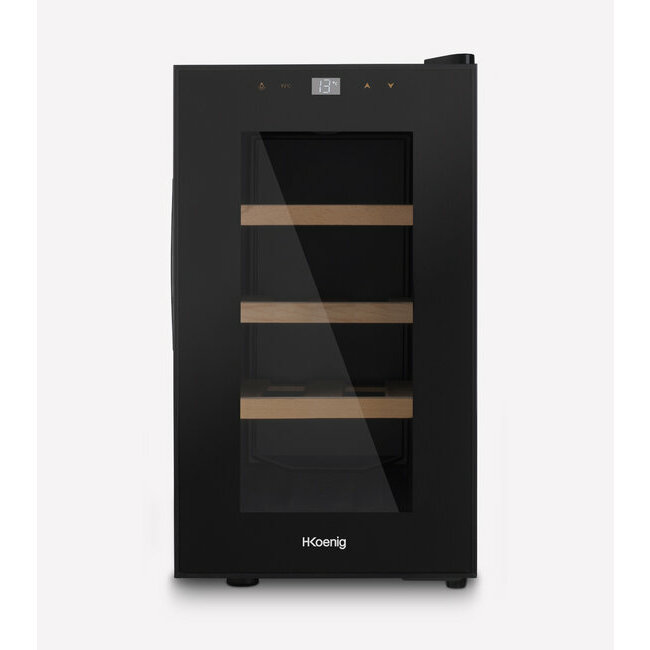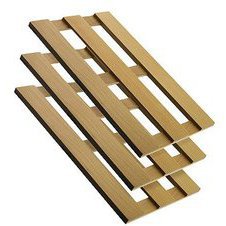-
How do I clean my wine cellar?
"To clean your wine cellar properly, follow these steps:
1. Turn off and unplug the wine cellar: Before starting the cleaning, make sure the wine cellar is completely turned off and disconnected from the power source.
2. Remove wine bottles: Remove all wine bottles from the wine cellar and place them in a safe, temporary location.
3. Remove removable shelves and accessories: If your wine cellar has removable shelves or accessories, remove them carefully. Refer to your wine cellar owner's manual for specific instructions on removing and cleaning the shelves.
4. Clean the inside of the wine cellar:
- Use a soft cloth or damp sponge to wipe down the inside of the wine cellar. Avoid using harsh chemicals or abrasive cleaners that may affect the taste or smell of the wine.
- If you notice any stubborn stains or residues, you can prepare a mild solution of warm water and mild soap to remove them. Then wipe the area with a clean, damp cloth to remove any soap residue.
5. Clean the shelves and accessories:
- For removable shelves and accessories, you can hand wash them with warm water and mild soap. Rinse them thoroughly with clean water and allow them to dry before putting them back in the wine cellar.
- Also check for wine stains on the wooden shelves or racks. Use a special solution to clean wine stains according to the manufacturer's recommendations.
6. Clean the outside of the wine cellar:
- Use a soft cloth or damp sponge to wipe the outside of the wine cellar. You can also use a mild cleaner specially designed for stainless steel surfaces if necessary.
- Then wipe with a clean, dry cloth to remove traces of moisture and cleaner.
7. Allow to dry and reassemble: Ensure that all components of the wine cellar are completely dry before reassembling. Wait until the wine cellar is completely dry before plugging in and turning on the appliance.
8. Replace the wine bottles: Once the wine cellar is clean and dry, replace the wine bottles in the cellar, making sure to store them properly for good air circulation.
It is recommended that you clean your wine cellar regularly to maintain optimal storage conditions for your wine. The frequency of cleaning may vary depending on usage and environment. "Did the answer solve your problem?
-
What are the special installation precautions?
"For proper installation of your wine cellar, please consider the following precautions:
Positioning: Place the wine cellar approximately 2 cm from the floor to ensure adequate air circulation. Also allow at least 2 cm of space on the sides of the appliance and 10 cm at the back to allow for proper ventilation. This will help to maintain optimum operating conditions.
Level: Use the adjustable feet of the wine cellar to level it. Make sure the appliance is perfectly horizontal for proper operation.
Avoid direct sunlight and hot locations: Avoid placing the wine cellar in direct sunlight or in a location exposed to excessive heat. Prolonged exposure to heat may affect the cooling performance of the unit. Choose a cool location away from direct light to preserve the quality of your wine.
Do not place heavy objects: Avoid placing heavy objects on top of the wine cellar. This may damage the appliance or cause structural imbalances that could affect its proper operation.
Following these precautions when installing your wine cellar will help ensure its proper operation, maintain optimal storage conditions for your wine and extend its life."Did the answer solve your problem?




